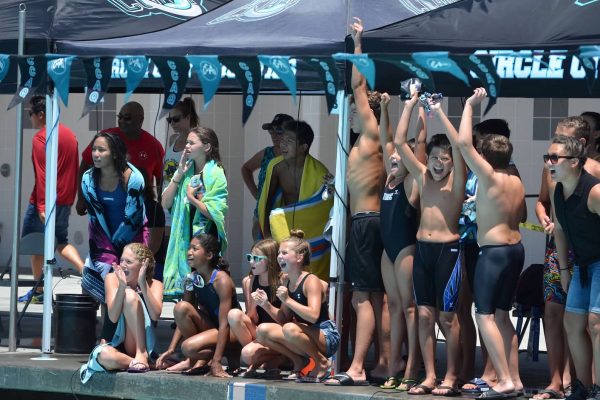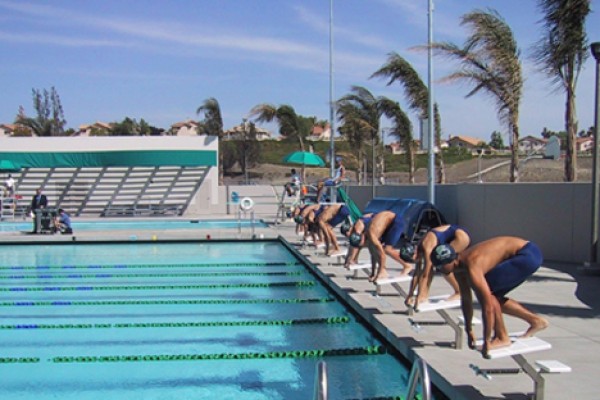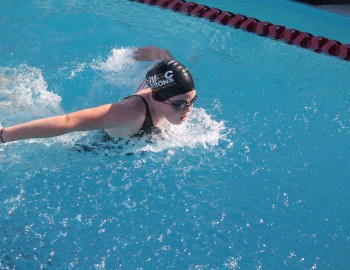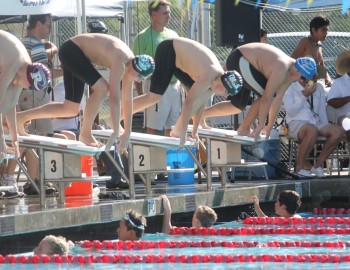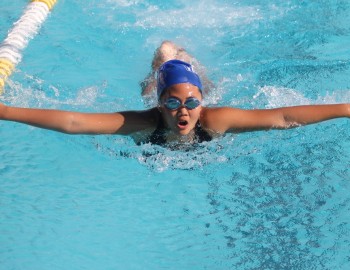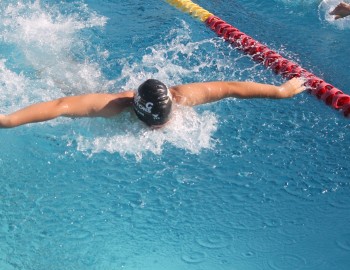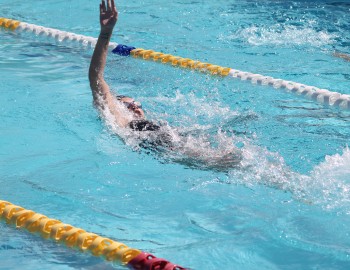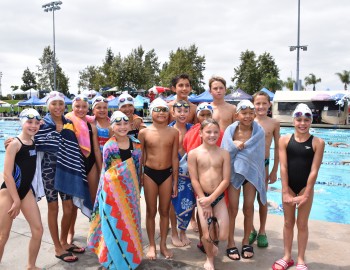TEAM SETUP
Competitive Swimmer Mission Statement: I am accountable for my actions and efforts in and out of the pool
How we train
There are a lot of different things we do in training for the competitive groups. There is also a wide range of ability levels from age group 2 to gold on top of that we have the difference between 10 & under and 11-ups.
Our main training purpose is to increase strength and speed while teaching the swimmer to maintain technique under fatigue.
There is a point of fatigue were anyone will start to lose technique.
Our training is based on finding that point and using increased strength and endurance to prolong that lose of technique from occurring.
- Maximum Age: 14 year
- Able to swim one 400 IM legally demonstrating four quality strokes and demonstrating proper technique on all turns and finishes.
Ownership
This is now the swimmer's thing. The swimmer needs to know his/her times. The swimmer needs to bring his/her questions and concerns to the coach. At meets the swimmer needs to leave mom and dad to go talk to the coach then warm up and then go to the blocks alone.Reality
No swimmer is expected to drop time at every meet. However, we go to meets to race and swim fast. Our goal on every swim is to swim our best. Depending on the time of the season, how he/she has been swimming in practice if the swimmer has been in practice consistently, whether or not he/she has been sick all play a part in the way you swim at a meet. The important part is for the swimmer to be realistic about these factors. The rules at a swim meet are to have fun racing, try to win your heat and congratulate someone after every race.How we train
Our Senior Groups train at a very high and intense level. These groups will focus on mastering race pace training, power production, heart-rate training and sprinting. Also, our Senior Groups will be doing dryland training to increase our swimmer's athletic ability.Senior Group
All athletes in our Senior Groups will possess the noticeable qualities of a champion swimmer. These quality’s include but are not limited to: the ability to train at a high intensity whether his/her body feels good or bad, the ability to race when his/her body doesn’t feel good, an understanding that it takes time and work to accomplish goals, the understanding that there is no instant gratification at this level, the ability to change disappointing swims into motivation, an inner need to become a better athlete. Our planning follows a much longer training cycle with smaller training cycles between major meets. These smaller cycles can be as short as five weeks. At this level, training becomes more individualized. Only in the Senior Group athletes will be encouraged to start focusing on fewer events in order to find his or her best opportunity for major success at the college level or beyond. Expectations- Student-Athlete – Time management is the key.
- Attend all meets on schedule.
- Accept and incorporate coach’s feedback (i.e. Changing a bad practice habit)
- Commit to the year-round training program
- Personal Responsibility – taking care of injuries, manage a social life, school work, and proper nutrition
- Minimum workout attendance (during the school year; all workouts are required during summer schedule)
- Other morning workouts should be used to make up any missed required practices
- Consistency
- 100% Effort level in practice
- Knowledge of times
- Ownership of swimming – Swimmers are expected to communicate with the coach and take responsibility for their swimming.
- Turns and “underwaters” will become assets
- Stroke efficiency – a balance between power and tempo
- Fine tuning stroke techniques
- Race strategies
- Fins
- Paddles
- Finis snorkel
- Buoy
- Tempo Trainer
- Running shoes for Dry Land
- Bottle water for hydration
- Post Workout Protein Snack
Expectations
- Reaching for the next level and believing possible
- Consistent stroke improvement
- Develop good training habits
- Goal setting
- Understanding of the relationship between training and performance
- Attendance at 4 meets per season
- Attendance at 80% of workouts
Group Focus Points
- Ability to hold all four strokes for an extended distance depending on age and group level
- Introduce faster-paced training
- Continued stroke technique improvement
- Increased focus on competitive swimming “skills” (starts, turns, streamlines, etc)
Required Equipment
- Fins
- Paddles
- Buoy
- Bottle of water
Competitive TMEC Groups
When an athlete ages up from 10 & under to 11 & up the decision to place that swimmer possibly in a lower group may be appropriate. Which group is best for each individual swim will be considered. This situation will be a coach’s decision.

